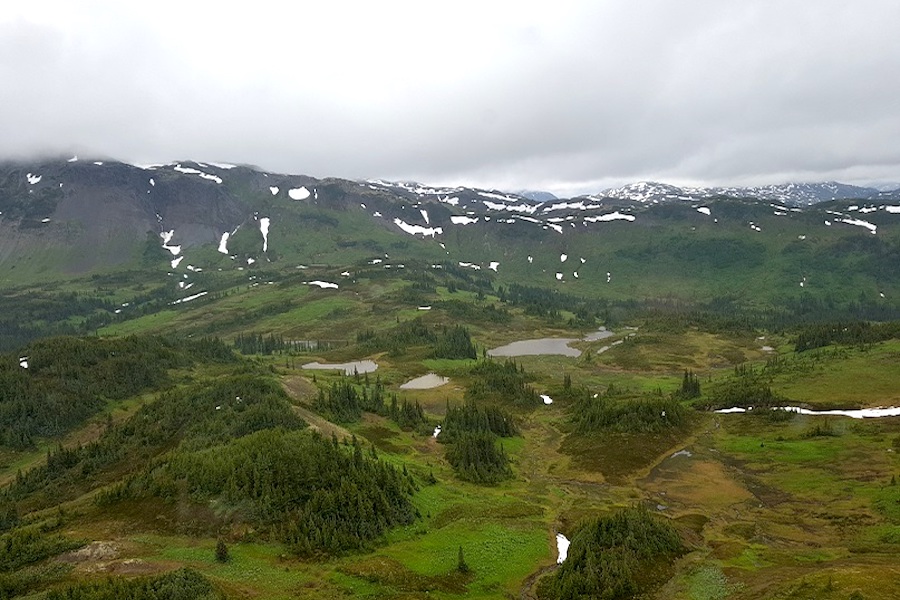Skeena expands 21A zone at Eskay Creek with new in-pit discovery

This intersection is located 60 metres west of Skeena’s current 21A zone pit-constrained resources. The mineralization remains open for expansion 120 metres to the north, and already occurs within the limits of the contemplated open-pit from the 2021 prefeasibility study, which showed open-pit reserves of 3.88 million ounces at 4.57 g/t gold-equivalent contained in 26.4 million tonnes.
Importantly, the high-grade gold and essentially negligible silver concentrations in this new discovery is uncharacteristic of rhyolite hosted mineralization at Eskay Creek.
“Due to a lack of drilling, this new discovery, which expands the 21A zone to the west, was considered waste rock in the currently proposed PFS reserve pit area,” Paul Geddes, Skeena’s vice president of exploration and resource development, noted. “We will work to expand and infill drill the 21A West zone and potentially bolster the pit-constrained resources surrounding this newly discovered mineralization.”
Additional mineralization has also been discovered between the 21A and 23 zones, highlighted by drill hole SK-21-972, which intersected three intervals averaging 1.29 g/t gold, 36 g/t silver (1.76 g/t gold-equivalent) over 14.50 metres; 0.79 g/t gold, 26 g/t silver (1.14 g/t gold-equivalent) over 21.11 metres; and 1.14 g/t gold, 23 g/t silver (1.45 g/t gold-equivalent) over 13.50 metres.
These intervals are hosted within the footwall dacite series as is the case with the 23 zone, which was discovered in January and later expanded. The 23 zone is considered a significant near-surface, footwall-style zone of mineralization that lies outside the pit-constrained resources at Eskay Creek.
The Eskay Creek property is located within the Golden Triangle of British Columbia. It is host to a high-grade historic mine that outputted 3.3 million ounces of gold and 160 million ounces of silver at average grades of 45 g/t gold and 2,224 g/t silver from 1994 to 2008.




